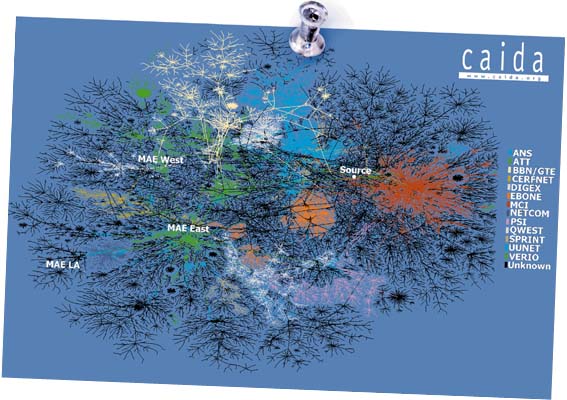|
FYI: NSF Success Stories Metabolic Engineering Metabolic engineering is the technology dealing with understanding of the natural biochemical or metabolic pathways of cells and altering those pathways to produce improved traits and chemistries. NSF has supported research into metabolic engineering for the past two decades. One recent NSF award in metabolic engineering has gone to a biochemical engineer at Johns Hopkins University who has been working on using insect "factories" to produce proteins. Insect cells are much more efficient producers of therapeutic proteins than the currently used mammalian cells, but the sugar structures attached to the proteins are different than those produced by mammalian cell culture or in humans. This could lead to diminished drug activity and even a serious immune response from the body. NSF is funding research which has the goal of altering this sugar pathway to make it more "human-like." A number of long-range NSF investments are starting to bear fruit. A young investigator at Stanford who has been studying genes in certain fungi and bacteria that are responsible for synthesizing antibiotics. By specifically altering the sets of genes, a series of over 100 structurally modified antibiotics have been prepared. The hope is that among these numerous modified products, several will be able to "trick" and kill common pathogens that have become resistant to conventional antibiotics. Indeed, at least two have looked attractive in preliminary screening and are being evaluated by pharmaceutical companies. Louis Stokes Alliance for Minority Participation (LSAMP) Currently, 28 alliances, ranging from citywide (e.g., New York City, Detroit) to statewide (e.g., California, North Carolina) to multistate (e.g., Florida-Georgia), are supported by the LSAMP program. One of the highly successful aspects of this program is faculty mentoring which pairs undergraduate students with a faculty member. This collaboration achieves a multiplier effect, resulting in personal and professional growth for undergraduates through research experiences including co-authoring scientific papers. LSAMP also gives consideration to the critical transition points in SMET education such as high school-to-college, 2-year to 4-year college; undergraduate-to-graduate study; and graduate study-to-faculty career. Since NSF started the LSAMP, the number of B.S. degrees awarded to minority students has risen from under 4,000 in 1990 to over 20,000 in 1998 at participating institutions. From ARPANET to Internet The first "e-mail" message was sent about 30 years ago via ARPANET, a four-site military computer network. NSF’s support for networking research over the years created NSFNET, a forerunner of the current Internet. By the late 1980s, NSFNET allowed academic researchers access to NSF’s supercomputing centers and to connect and communicate with each other. NSF fostered the development of the current Internet by funding research on advanced Internet technologies, by strategically partnering with industry to provide newer and faster network services, and by allowing commercial Internet Service Providers (ISPs) access to the Internet. Ultimately, NSFNET was retired in 1995 and the entire Internet network was privatized. Although NSF is no longer "managing" the Internet, it continues to be heavily involved with supporting networking research. One project conducted by the Cooperative Association for Internet Data Analysis (CAIDA) is an effort to develop and deploy measurement tools for the global Internet infrastructure. Pictured here is a graph generated by CAIDA’s tool, Skitter, which is used to acquire and visualize global Internet connectivity information. Using these graphs, researchers can observe critical paths in the network infrastructure and identify regions of the Internet experiencing abnormal delays or hardware that is not performing to expectations.
Skitter data collection tool by Daniel McRobb (CAIDA) Data analysis by Bradley Huffaker (CAIDA) Graph layout code by Bill Cheswick (Lucent/Bell Laboratories) and
Hal Burch (Carnegie Mellon University) This work was sponsored in part by the NSF NSF Grant ANI-9711092 and DARPA Cooperative Agreement N66001-98-2-8922 Ocean Exploration The Ocean Drilling Program (ODP), funded by NSF and 20 international partners, promotes research efforts deep under the ocean floor. On one of the Program’s expeditions, scientists unexpectedly found evidence of life one-half mile into the Earth’s crust. A new microbiology laboratory is now established on the ODP drillship to isolate, identify, and study these unique microorganisms. The very existence of these types of organisms is challenging the conventional definition of life. New research areas grown from the discoveries described above may assist in the discovery of new biomolecules with far-reaching applications, or they may help biologists unravel the mysteries of life on Earth. |
